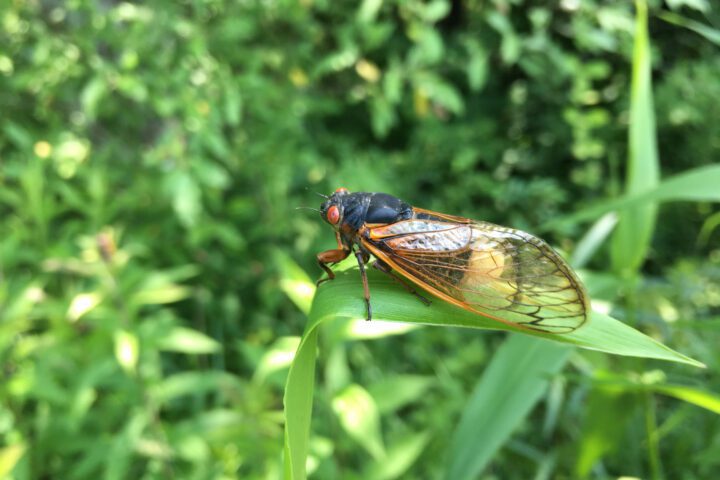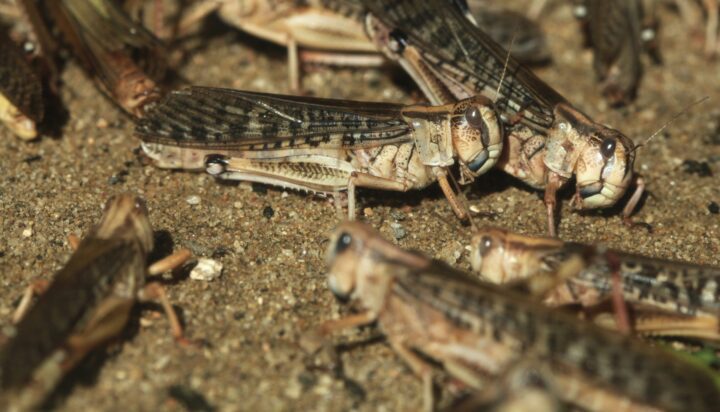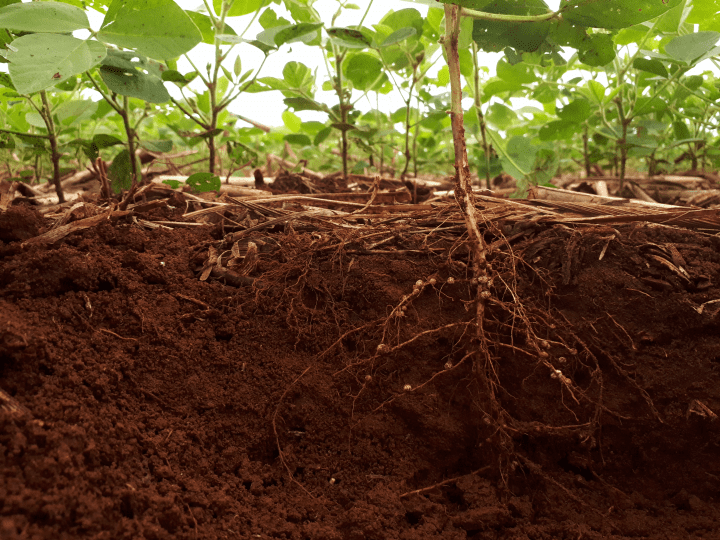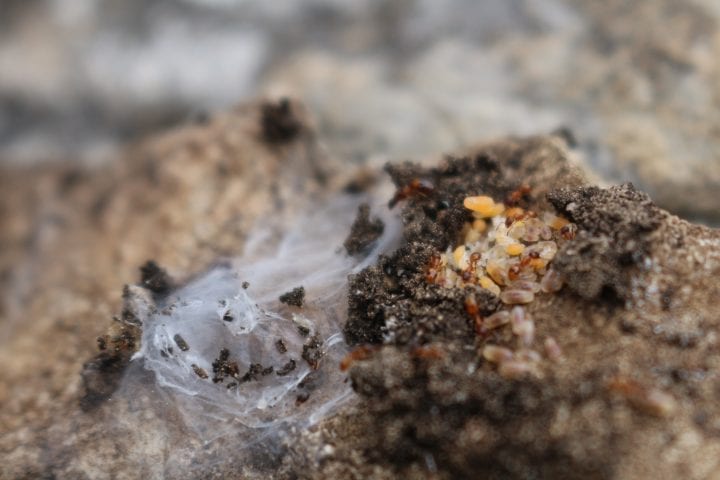Adapt Behaviors
The environment is constantly changing, and if living systems can’t adapt to these changes, they don’t survive. Environmental changes can be cyclic such as seasons, sudden such as floods or forest fires, or gradual but long-term, such as ecosystems shifting from early to mature stages. These changes require some flexibility in behavioral responses to match the specific conditions. For example, as a fish called the lamprey swims, it constantly faces changes in currents. Skin sensors help it detect those changes and adjust its motion accordingly.
Coordinate by Self-Organization
To create and maintain a healthy community of individuals and ecosystems requires that living systems coordinate their activities. Coordination doesn’t necessarily mean that there’s a leader orchestrating what happens. In nature, coordination is usually achieved through self-organization. In a flock of geese flying in a V-formation, for example, there’s no lead goose controlling where all of the others fly. The flock uses this formation because each goose gains energy from air vortices created by the goose in front of it. The lead goose doesn’t gain that benefit, so when it tires, it moves back and another goose takes the front position.
Biological Control of Populations, Pests, Diseases
An ecosystem must prevent overpopulation of any given species within it, as well as the spread of pests and diseases, to allow organisms to survive without threatening extermination of other organisms or ecosystems. To control pests and diseases, living systems use such strategies as developing antibodies and killing or repelling pests or disease-causing organisms. Ecosystems have checks and balances to maintain populations, pests, and diseases. For example, in a lake, a balance of predators, prey, and nutrients is crucial for proper functioning of the ecosystem. Predatory fish keep down the numbers of smaller prey fish, which in turn keep populations of algae-eating zooplankton in check. When the levels of any of these organisms change, the change can disrupt the health of the entire ecosystem.







